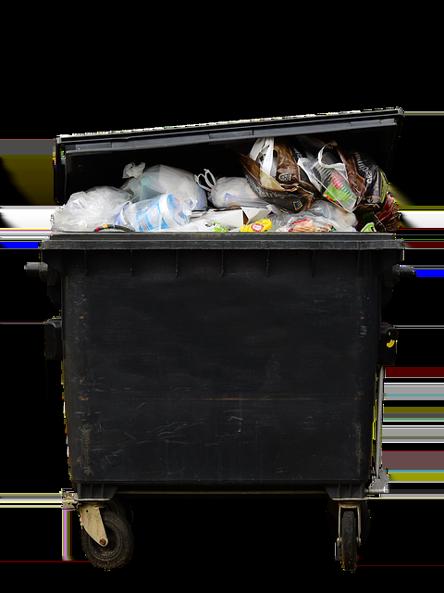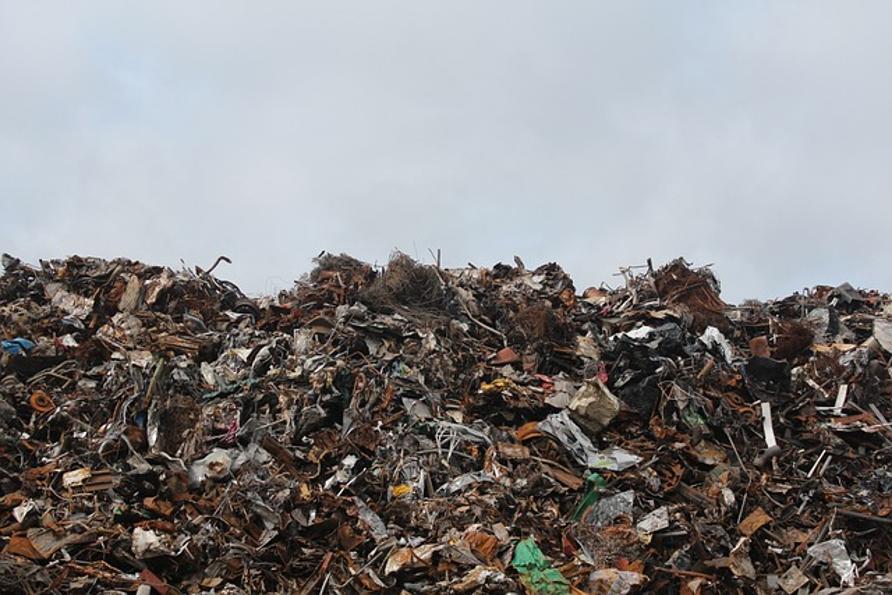What Can Go in a Garbage Disposal: The Comprehensive Guide for 2024
Introduction
Maintaining a garbage disposal effectively entails knowing what can and cannot go into it. Misusing the appliance can result in clogs, foul odors, and costly repairs. This guide aims to clarify which materials are safe for your disposal and which should be avoided. Additionally, you will gain essential tips for keeping your garbage disposal in peak working condition to ensure longevity and optimal performance.

Understanding How Garbage Disposals Work
Garbage disposals are kitchen appliances designed to grind food waste into fine particles so it can pass smoothly through plumbing. In essence, the unit comprises sharp blades and a rapidly spinning disc fixed to the bottom. When turned on, the blades break down food scraps flushed through the sink with water, reducing them to tiny pieces that easily pass to the sewer system.
The efficiency and lifespan of your garbage disposal rely heavily on the type of items you introduce to it. Knowing the suitable and unsuitable waste materials is vital for keeping your appliance running smoothly and averting potential issues.
Safe Items for Garbage Disposal
Fruits and Vegetables
Most fruits and vegetables are safe for garbage disposals. Apples, pears, carrots, and other similar produce can be shredded without any issues. However, it’s essential to cut large items into smaller pieces to prevent clogging. Peels like banana or potato skins can be tough and fibrous, potentially causing jams, so it’s best to avoid them.
Soft Foods and Leftovers
Cooked meal scraps such as small pieces of meat or pasta are generally safe. Soft foods like bread, rice, and small amounts of cheese can also go down your disposal. However, disposing of large quantities at once can still cause clogs; hence, always moderate the amount you put through.
Small Bones
Certain small bones like those from chicken or fish can be ground into tiny bits in the garbage disposal. However, avoid larger bones such as pork or beef, which the disposal unit is not engineered to handle and could damage the system.
Things to Avoid Putting in a Garbage Disposal
Fibrous Vegetables
Fibrous vegetables like celery, asparagus, and corn husks are notorious for tangling in the disposal blades. The fibers can wrap around the mechanism, leading to jams and malfunctions. It’s better to dispose of these items in the compost bin rather than the sink.
Grease, Oils, and Fats
Never pour grease, oils, or fats down your garbage disposal. These substances solidify at lower temperatures, which can lead to severe clogs in your pipes. Instead, collect grease in a container and dispose of it in your trash once it has solidified.
Non-food Items
Garbage disposals are not designed to grind non-food items like plastic, glass, or metal. These materials can cause significant damage to the disposal unit and the plumbing system. Always ensure such items go in the trash or recycling, not your sink.

Risks of Improper Disposal
Using your garbage disposal improperly has several risks. Blockages are the most common problem, often leading to slow-draining water or complete clogs that require professional plumbing services to resolve. Additionally, items like bones and fibrous vegetables can cause mechanical damage to the disposal’s blades, reducing the appliance’s efficiency and lifespan. Finally, improper disposal can lead to foul odors from trapped food particles and bacterial growth.
Maintenance Tips for Your Garbage Disposal
Regular Cleaning
Regularly clean your garbage disposal to avoid buildup and odors. Use a mixture of ice cubes and a small amount of rock salt to scour the inside. Another option is to grind citrus peels like lemon or orange for natural deodorization.
Using Cold Water
Always use cold water when operating the garbage disposal. Cold water solidifies any fats and oils, making them easier to chop and flush through the plumbing. Running hot water can cause fats to liquefy and then solidify further down the pipes, leading to clogs.
Checking Disposal Blades
Periodically check the sharpness of the disposal blades to ensure they are performing well. You can do this by grinding small, hard items like ice cubes or eggshells, which can help to keep the blades sharp. However, consult the manufacturer’s instructions before doing this to ensure it’s appropriate for your model.

Conclusion
Understanding what can and cannot go in your garbage disposal is crucial for maintaining its efficiency and lifespan. By following the guidelines provided, you can avoid common pitfalls and ensure your disposal functions smoothly for years to come.
Frequently Asked Questions
Can I put egg shells in my garbage disposal?
Yes, but in moderation. Eggshells can help clean the disposal blades, but avoid putting in large quantities, as the membranous layer inside the shells can wrap around the blades and cause jams.
Is it safe to put coffee grounds in the garbage disposal?
No, it’s best to avoid coffee grounds. They can accumulate and cause clogs over time. Instead, use them as compost material for your garden.
How often should I clean my garbage disposal?
Regularly clean your disposal every one to two weeks to prevent buildup and maintain its performance. Use natural cleansing agents like citrus peels or baking soda and vinegar for best results.
